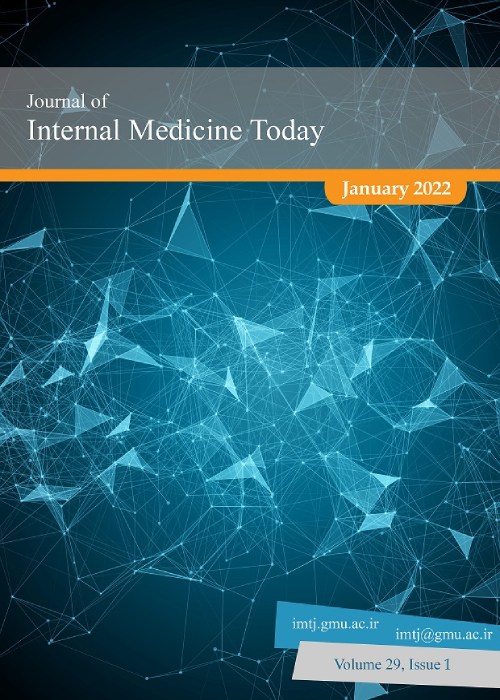Cronobacter Sakazakii: A Foodborne Pathogenic Bacterium in Immunocompromised and Hospitalized Patients
Cronobacter sakazakii (CS) is a member of the Enterobacteriaceae family. It is a genomically heterogeneous, motile, Gram-negative bacillus. It is also an emergent foodborne pathogen associated with the ingestion of infant formula milk that can cause neonatal sepsis, necrotizing enterocolitis, and meningitis. This review is focused on the newest information about the bacterial characteristics of C. sakazakii and human infections causing by this pathogenic bacterium.
Methods & Materials:
We searched medical databases such as ISI Web of Science, PubMed, Scopus, and other websites.
Cronobacter sakazakii acts as a microbiological hazard in the infant food chain, with historic high mortality in neonates. The International Commission for Microbiological Specifications for Foods has categorized C. sakazakii as a severe hazard bacterium for some individuals, with long duration, substantial chronic sequelae, or life-threatening complications. Although the incidence of C. sakazakii infection is low, the prognosis of the disease is poor, and infection is associated with significant morbidity and mortality. Powdered Infant Formula (PIF) milk products contaminated with C. sakazakii have been epidemiologically linked to several clinical cases. Premature infants, low-birth-weight ones, and patients hospitalized in the Neonatal Intensive Care Units (NICUs) are more at infection risk than older infants.
We recommend focusing on simple preventative strategies such as the promotion of breast milk feeding, the inclusion of warnings on the powder infant formula packages that may be contaminated with C. sakazakii, and abstinence from the practice of re-warming of reconstituted formula. Reconstituted dairy products should be avoided in adult immunosuppressed populations. Appropriate barrier precautions should be observed in NICU and intensive care unit settings, where the spread of infection may be more prevalent.
- حق عضویت دریافتی صرف حمایت از نشریات عضو و نگهداری، تکمیل و توسعه مگیران میشود.
- پرداخت حق اشتراک و دانلود مقالات اجازه بازنشر آن در سایر رسانههای چاپی و دیجیتال را به کاربر نمیدهد.


